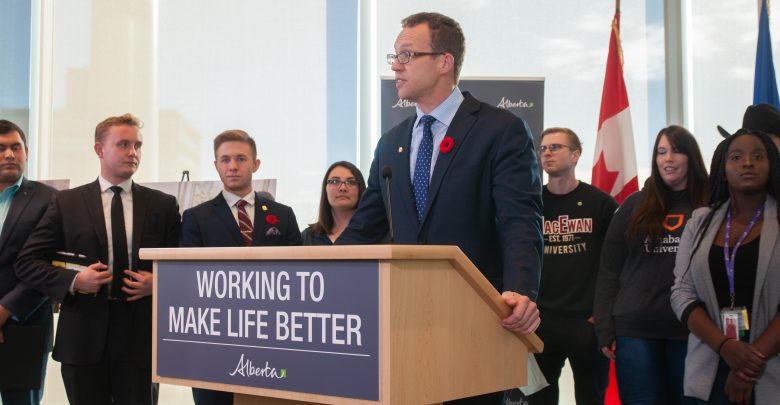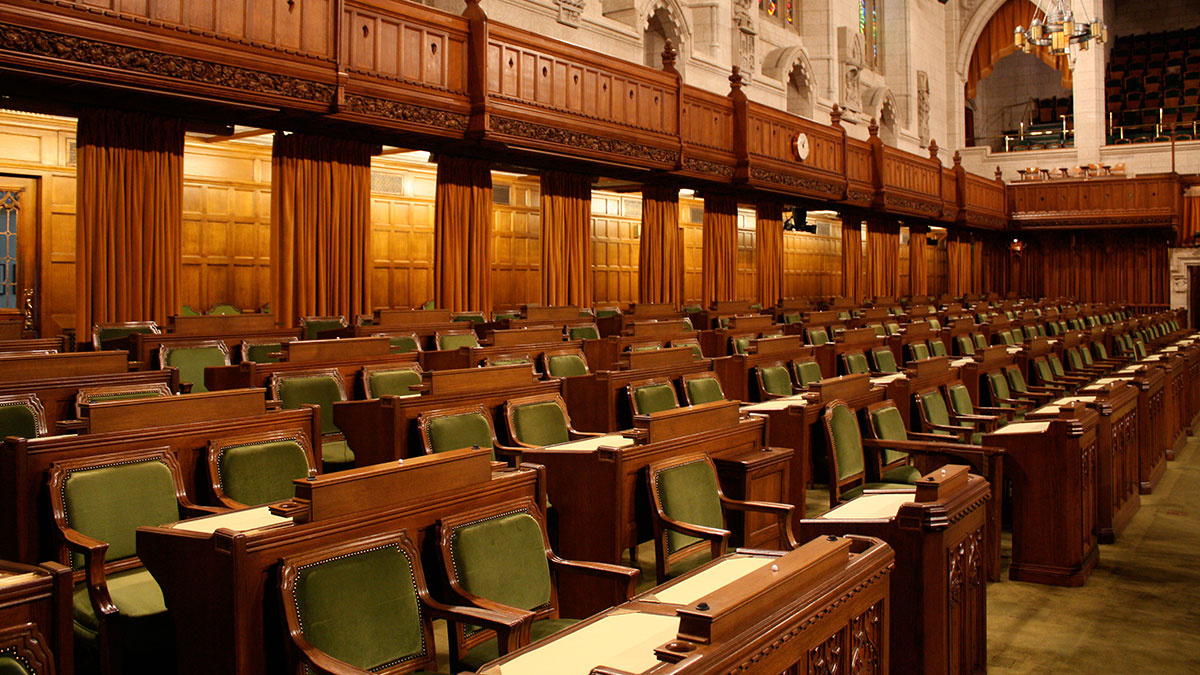 Adam Lachacz
Adam Lachacz The meat and potatoes of every election is finally here: the platforms.
After a campaign fraught with ad-hominem attacks and obnoxious DMs from robots, we can finally get a look at what the major parties would do for university students if elected. Of particular interest are the platforms of the New Democratic Party and the United Conservative Party, the parties closest in competition for control of the legislature.
If you’re a bit weird like me and actually read the parties’ platforms before you vote, you’ve probably already noticed a difference in scope between the NDP and UCP’s postsecondary education platforms. The UCP’s platform is already looking towards the future. As for the NDP, their platform gives a pretty good overview of the improvements they’ve made to postsecondary since 2015. But what they would do if re-elected is a bit murkier.
Say what you will about the UCP, but they at least present a decent idea of what they want to do with postsecondary. Their platform is based around deregulation and economic advancement, with a focus on encouraging students to enter the trades and technology-related fields. It covers a lot of ground, including introducing new freedom of speech policies, revamping the way intellectual property is commercialized, and attracting more foreign students to work in technology. While not incredibly detailed, it is at least a coherent set of goals for the future of academia in Alberta.
The NDP, however, seems quite focused on looking backwards, focusing primarily on changes they’ve already made and pledging to continue on their current trajectory. Highlights include the five year tuition freeze implemented in 2015 and making a number of smaller colleges, including Red Deer College, Grande Prairie College, and Alberta University of the Arts (previously known as Alberta College of Art and Design) degree-granting institutions.
Currently, Alberta is one of the most affordable provinces in the country to get a degree in, behind only Newfoundland and Labrador and Quebec. That’s certainly nothing to sneeze at, and the NDP isn’t wrong to highlight their achievements. The problem is that listing their previous achievements is what most of their postsecondary platform consists of. Besides a promise in the middle of the platform to create 3000 new spaces for technology-based degrees, there really isn’t much in the main platform about the future at all.
A few bullet points at the end of the NDP’s platform indicate some direction for the next few years; they aim to eliminate tuition fees for high school upgrading and English Language Learning programs, provide stable funding for universities, and ensure that there is enough room at postsecondary institutions for every student who wants to pursue an education. But there is no strategy or proposed plan of action for these goals, making them seem less like concrete possibilities and more like wishful thinking.
The UCP, by contrast, has an entire page and a half of their platform dedicated to specific ideas to increase involvement in the trades. They want to expand scholarships and funding for institutions and universities that support the trades, like NAIT and the Young Women Building Futures program. Their goals for apprenticeship involvement in the trades are also very clear: the UCP wants 6000 students in these programs by 2023.
Having a plan this detailed makes for a much stronger platform than simply promising to eliminate certain fees at some point and talking about what has already been accomplished. I’m not naive enough to believe that the UCP would fulfill all their promises if elected, but at least we could point to those promises and hold them to account. We can’t do that with the NDP if they aren’t clear on what their objectives are.
If the NDP has ideas for improving postsecondary education, they need to get those ideas across more effectively. Right now, the NDP is resting on their laurels. If they don’t present a more detailed vision soon, a rude awakening may be headed their way.




